Australian Tropical Rainforest Plants - Online edition
Ficus opposita Miq.

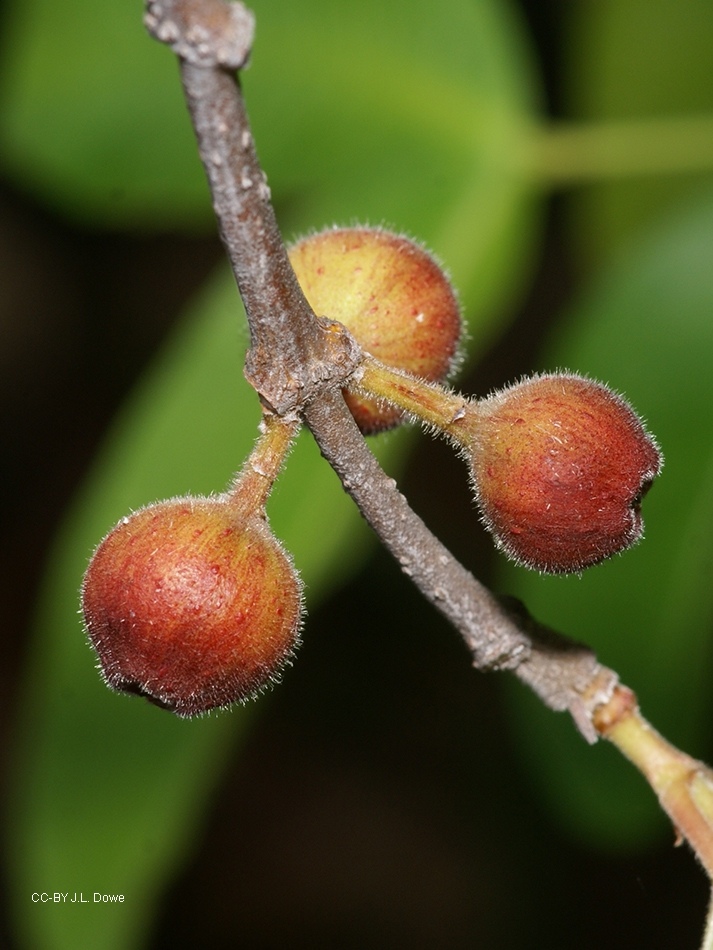


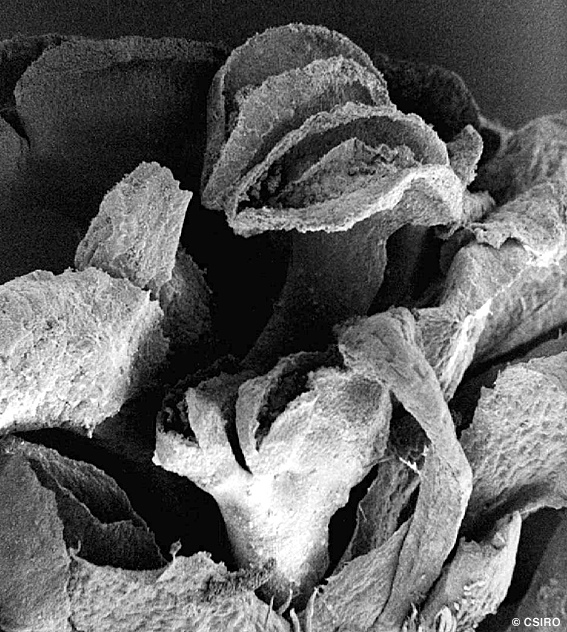


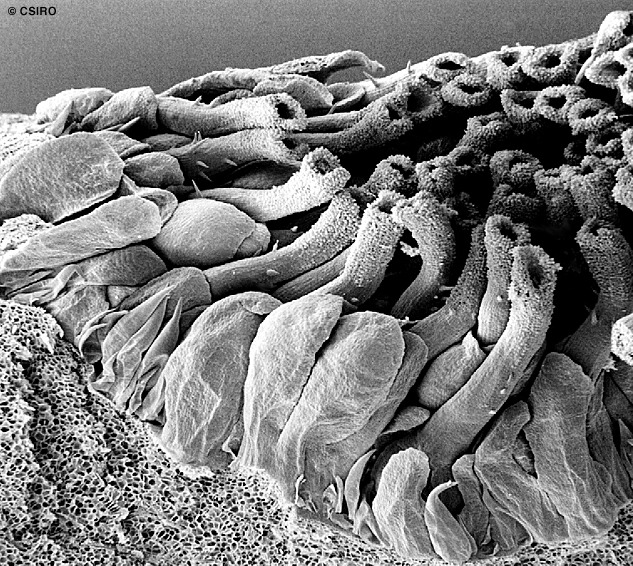
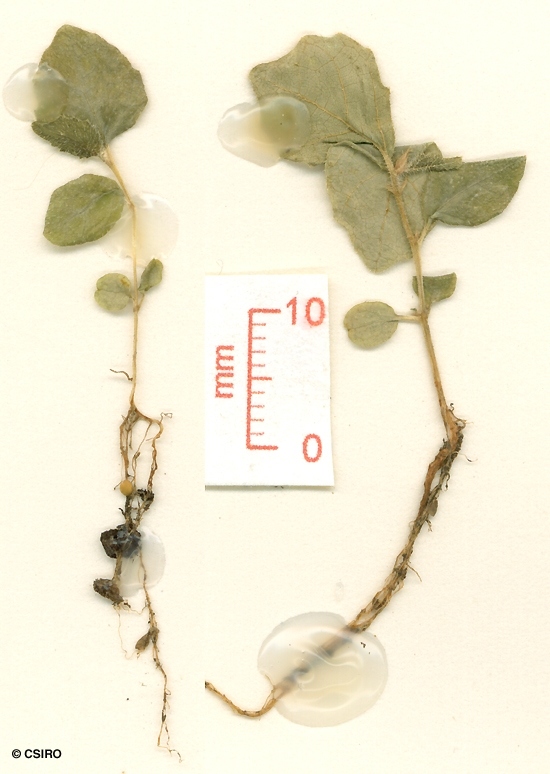
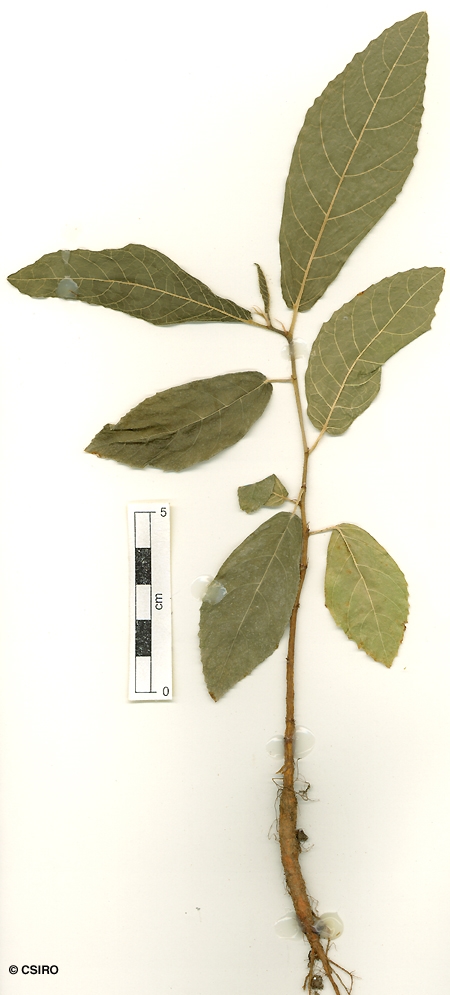


Miquel, F.A.W. (1848) Hooker's London Journal of Botany 7 : 426. Type: Hab. in Nova Hollandia, ad Bremer River (a. 1829, Fraser, n. 101! in Hb. Hook.).
Sandpaper Fig; Figwood; Fig; Fig, Sandpaper
Not a strangling fig. Seldom exceeding 30 cm dbh. Subrhytidome layer often yellow. Usually grows into a small tree but can flower and fruit as a shrub 1-3 m tall.
Petioles and twigs produce a milky exudate. Leaf blades about 6-14 x 4-6 cm, usually sandpapery on the upper surface. Stipules about 0.4-1.5 cm long and hairy on the outer surface. Younger leafy twigs and petioles hairy.
Tepals glabrous in male and female flowers but sparsely hairy near the apex in gall flowers. Male flowers produced around the ostiole. Bristles produced between the female and gall flowers. Stigma cylindric, papillose, style sparsely hairy in the upper half. Bracts at the base of the fig, usually three. Lateral bracts not present on the outside of the fig body.
Figs pedunculate, globular to depressed globular, about 15-20 mm diam., outer surface pubescent, sometimes black and shiny when ripe. Orifice closed by interlocking apical and internal bracts.
Cotyledons +/- orbicular, about 2-4 mm diam. At the tenth leaf stage: leaf blade elliptic, apex acute, base obtuse to auriculate, margin dentate, teeth on the upper half of the leaf blade, about 10-15 on each side; both the upper and lower surfaces scabrous; stipules linear, glabrous, falling early. Taproot swollen, carrot-like (Daucus carota). Seed germination time 11 to 29 days.
Occurs in CYP, NEQ, CEQ and southwards as far as south-eastern Queensland. Altitudinal range from sea level to 750 m. Grows in open forest, monsoon forest and beach forest. Also occurs in Malesia.
Food plant for the larval stages of the Common Moonbeam Butterfly. Common & Waterhouse (1981).





